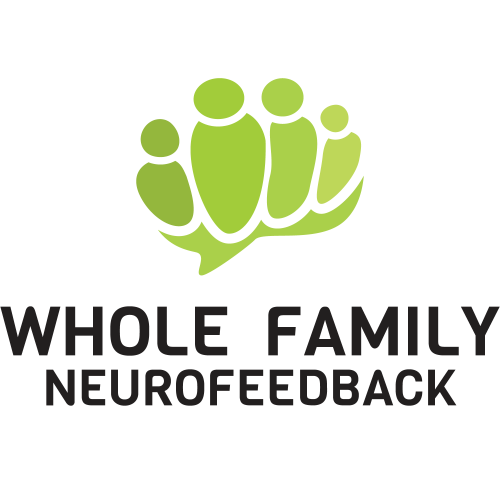Kristi Knight and Miriam Bellamy, both Certified Advanced Neurofeedback Trainers, discuss the topic of understanding neurofeedback and trauma. This was originally recorded as a Facebook Live video in the private group “Neurofeedback Moms”. Join the group by clicking here>>
Kristi comes to the conversation with a degree in Cognitive Studies and in Psychology and 3 health coach certifications. She is also pursuing a Masters in Neuro Counseling. Miriam comes to the conversation as a family therapist who has been in practice for 22 years.
As Miriam and Kristi explore the topic of neurofeedback and trauma, they begin with the question of how trauma impacts brain development. Kristi describes the important distinction between the stress response and the trauma response.
Trauma impacts the ability of a person to integrate experiences with others. In other words, it impacts a person’s ability to learn from relationship experience. Miriam reflects on the ways the family can get stuck in a reactionary pattern to the person who is suffering, parents being particularly vulnerable.
6:50 Miriam: “It’s almost as if the whole family is a kind of brain itself with the dynamic ways people bounce off of one another.”
7:50 Kristi: We’re impacting a whole dynamic system, and the way to heal that is through each other…is through social engagement. We’ve got to be able to unlock that.”
Our next topic on understanding neurofeedback and trauma was how does neurofeedback help someone who has experienced a trauma. Kristi describes the process of neural integration. When one experiences trauma, they can become too rigid in their responses to their environment or too flexible. Neurofeedback helps by improving both flexibility and resilience.
9:40 Kristi: “We help the brain to self regulate, to self-organize. And it has the ability to do that. It’s been doing it from the moment of conception!”
Finally, the conversation moves to the question of common shifts we see in those who have experienced neurofeedback and trauma. The first thing people seem to learn is how to relax. From here they are better able to self-regulate. They become less sensitive to their environment and less reactive. This enables them to integrate or learn from experiences.
15:45 Kristi: “A huge thing I see a lot is an ability to become more expressive. And I see an increasing ability to use other modalities whether it’s mindfulness or maybe they’re able to go outside for walks or able to come to the dinner table or…open up in counseling…or they’re in speech therapy…they’re a child…and their speech improves.”
When exploring neurofeedback and trauma it is important to consider that healing is a process and may take exploration and research. Neurofeedback is a powerful tool, but individuals and parents are best served in taking a broad approach to the healing process. .

